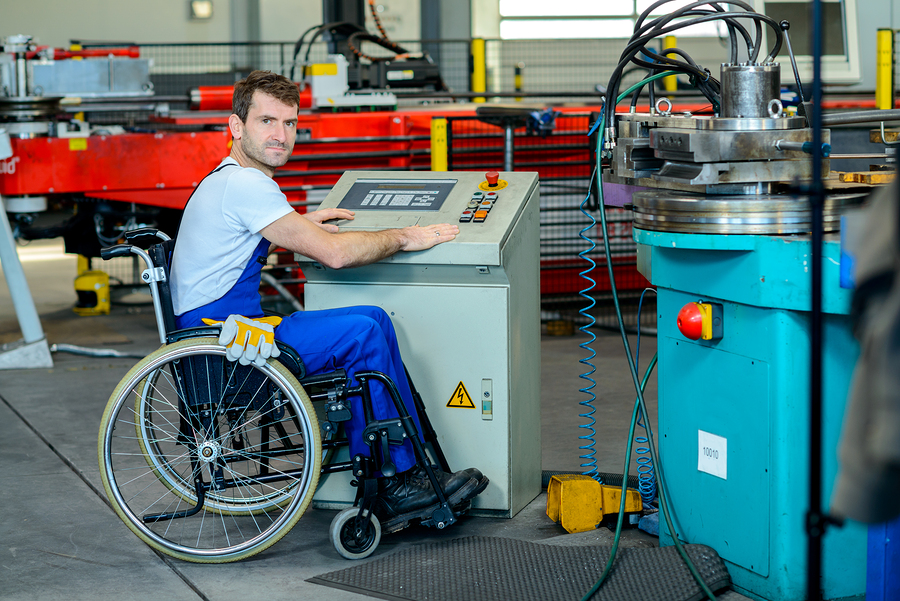How would you react if your boss told you that your new colleague would be a disabled person? Would you perhaps start by telling him that this is rather a person with a disability… Indeed, looking beyond the disability eliminates prejudices, removes barriers and makes the new recruit’s integration easier. If everyone makes it their own business, the team spirit will only be strengthened.
Trends and benefits of a new form of collaboration
According to a study by Statistics Canada in 2001, the employment rate for citizens from 25 to 64 years old with a disability was 49%, compared to 79% for non-disabled Canadians. This trend, which arises in particular from the reluctance of employers to hire persons with a disability due to the lack of awareness of the issues and fear of the costs, could improve with the new generation of graduates who seem more inclined to put them in the company, without falling into either compassion or handouts. He will fit in well, because a work team bringing together disabled and non-disabled persons is more supportive and employees are more empathetic among themselves and develop in a calm, serene and positivist atmosphere that prevails… Excesses of humour and off the mark reactions are infrequent, listening and attention are simply more on display.
A happy medium to be found for team members
It is not always easy to adopt the right attitude towards a colleague in a wheelchair or with a white cane. Set aside your prejudices and fears of not doing well, or overdoing it, by trying to stay as natural as possible. Otherwise, discomfort will set in and a lack of communication will be brought about. Consequently, be empathetic, without falling into compassion (don’t consider him a fragile person), be attentive to his expectations without seeking to infantalize him (ask him how you can help before touching his wheelchair which, remember, is an extension of his person). Don’t hesitate to ask questions tactfully about him as a person (he has – like all of us – friends, family, leisure activities, passions, fears…) or about his disability, making sure beforehand that the subject does not annoy him.
Advice to the new recruit for a successful integration
Whether you have a problem with vision, hearing or mobility, don’t succumb to the temptation to be discreet by staying in your corner or turning in on yourself – this attitude will only reinforce the impression of being different. Try to de-dramatize your disability to avoid accentuating any discomfort that some colleagues might already feel. To do this, don’t hesitate to show kindness to a member of the team who may have made a clumsy gesture or said something inappropriate to you, or use a bit of humour which in many cases can be a great help. Finally, consider expressing your needs clearly in terms of help and arrangement of your workstation in particular, to be operational as quickly as your non-disabled colleagues.
Integration of your new colleague with a disability is crucial for his personal self-esteem, to achieve his professional objectives, and also to maintain or even improve your team’s cohesion. In addition to the tips above, also use your common sense by, for example, announcing yourself when you enter a room occupied by a blind person or by putting yourself in front of a deaf person, and not behind his back, who may need to be able to read your lips.
